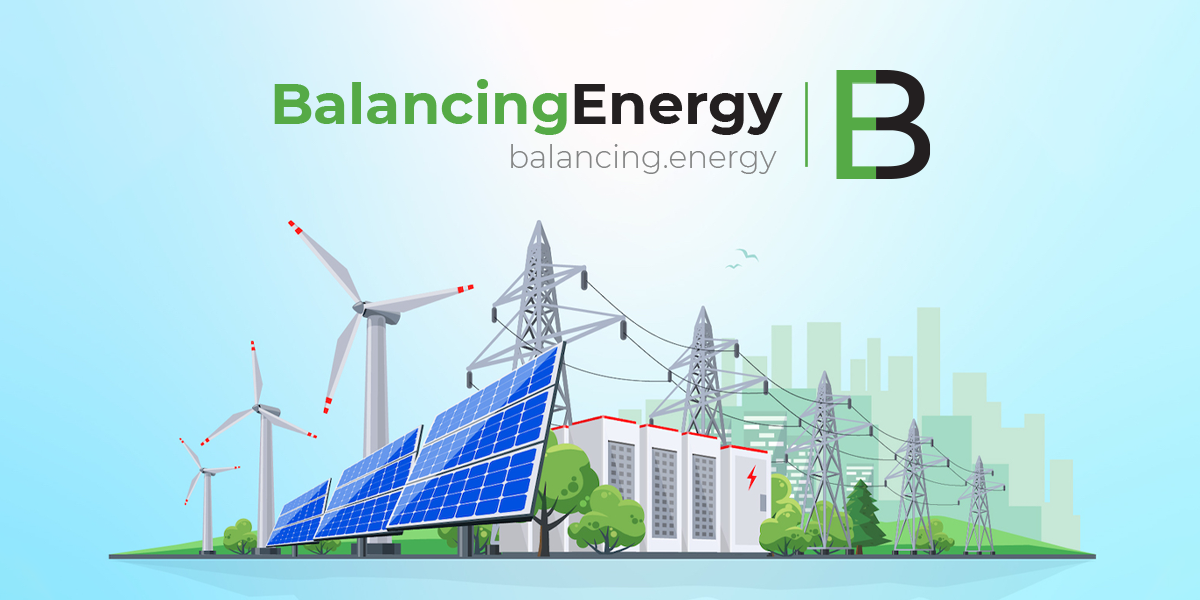The development of the new Hydro Pumping Storage Power Plant (HPSP) Bistrica in Serbia holds immense importance for the country’s energy landscape. As Serbia looks to diversify its energy sources and enhance grid reliability, this project offers a range of benefits, including energy storage capabilities, renewable energy integration, improved grid stability, and the potential to unlock the full potential of Serbia’s renewable energy sector. This analysis explores the significance of the HPSP Bistrica and its impact on Serbia’s energy future.
1. Energy Storage and Grid Stability:
One of the most crucial aspects of the HPSP Bistrica is its role in energy storage. As a pumped hydro facility, it allows Serbia to store excess energy during periods of low demand and generate electricity during peak demand periods. By pumping water to a higher reservoir during off-peak times and releasing it to generate electricity during peak hours, the HPSP Bistrica contributes to a more balanced and stable electrical grid. Energy storage capabilities are essential for managing fluctuations in renewable energy generation and ensuring a reliable power supply, especially as Serbia increases its share of intermittent renewable sources such as wind and solar.
2. Integration of Renewable Energy Sources:
The HPSP Bistrica supports Serbia’s efforts to incorporate renewable energy sources into its energy mix. It complements the intermittent nature of renewable sources by providing the ability to store surplus energy and enhance overall grid reliability. With renewable energy generation on the rise in Serbia, the HPSP Bistrica offers a solution to the inherent variability of these sources, making it easier to integrate a higher proportion of renewable energy into the national grid. This integration accelerates Serbia’s transition to a cleaner and more sustainable energy system, reducing reliance on fossil fuels, and contributing to global climate change mitigation efforts.
3. Enhanced Grid Flexibility and Peak Load Management:
The HPSP Bistrica strengthens Serbia’s grid flexibility by providing an efficient means of managing peak loads. During periods of increased electricity demand, the plant can quickly release stored energy, ensuring a stable power supply and preventing blackouts or overloads. The plant’s ability to respond rapidly to demand fluctuations supports the efficient operation of the grid, reduces the need for additional fossil fuel-based power plants, and minimizes the associated environmental impact. Grid flexibility is vital for meeting Serbia’s growing energy needs, accommodating industrial growth, and ensuring a reliable electricity supply for households and businesses.
4. Supporting Energy Independence and Security:
Investing in the HPSP Bistrica enhances Serbia’s energy independence and security. By relying on its own domestic energy storage capabilities, Serbia reduces its dependence on imported energy sources, mitigating the vulnerability to price fluctuations and potential supply disruptions. The plant, with its storage capacity, can support the stability of the local grid without relying on external energy imports. This strengthens Serbia’s resilience against external energy shocks and contributes to the overall stability and security of the country’s energy supply.
5. Economic Benefits and Job Creation:
The construction and operation of the HPSP Bistrica create significant economic benefits for Serbia. The project stimulates economic growth by generating employment opportunities across various sectors, including engineering, construction, and maintenance. Additionally, the project requires inputs from local suppliers, contributing to the growth of domestic businesses and industries. The resulting job creation and increased economic activity boost regional development and improve living standards for local communities.
6. Environmental Considerations:
While the HPSP Bistrica provides numerous benefits, it is crucial to address potential environmental impacts. The project should be designed and operated in a manner that minimizes ecosystem disruption, preserves biodiversity, and ensures sustainable water management. Measures such as fish bypass systems and environmental impact assessments should be implemented to protect the surrounding environment and aquatic ecosystems. Proper environmental management is vital for maintaining the long-term viability and sustainability of the HPSP Bistrica.
The new Hydro Pumping Storage Power Plant Bistrica in Serbia represents a significant step towards a more sustainable and reliable energy future for the country. By providing energy storage capabilities, supporting renewable energy integration, enhancing grid stability, and ensuring energy independence, the facility plays a crucial role in Serbia’s energy transition. The project offers economic benefits through job creation and stimulates local industries, while environmental considerations must be carefully addressed. As Serbia continues to prioritize renewable energy and grid stability, the HPSP Bistrica becomes a cornerstone for advancing the country’s energy sector and driving sustainable development.
Prepared by www.clarion.energy










